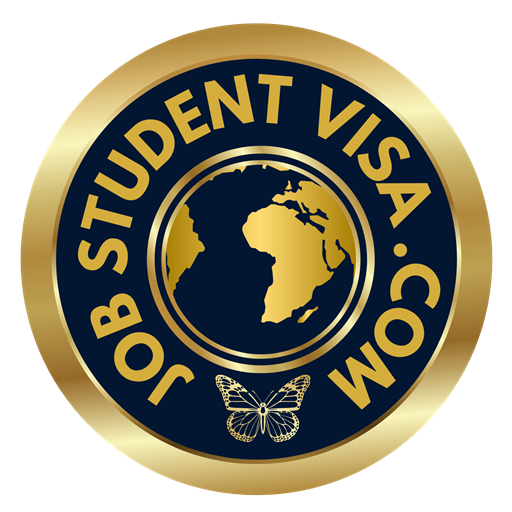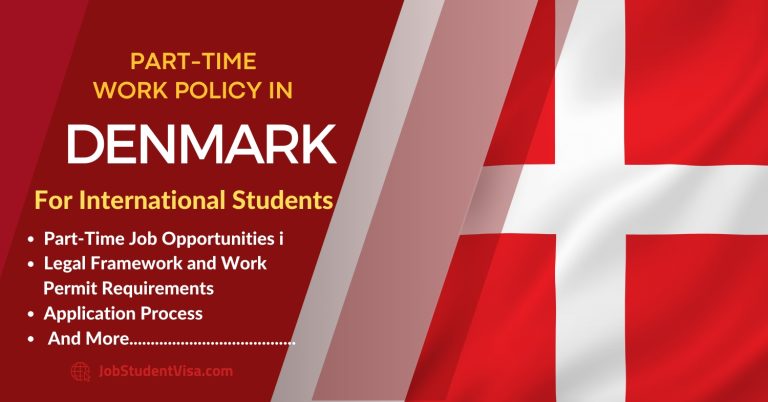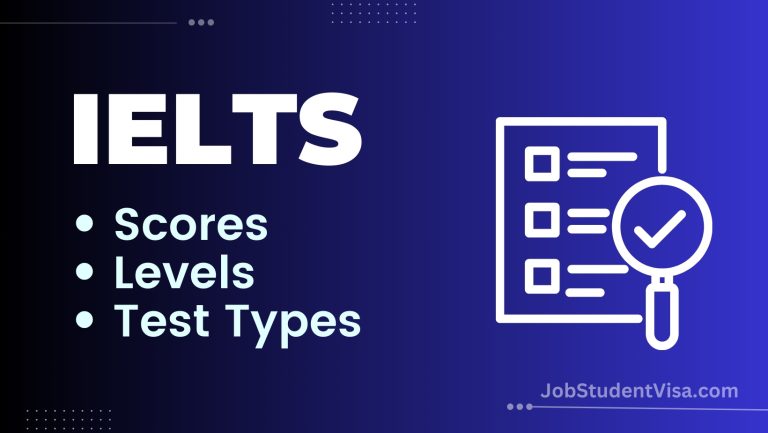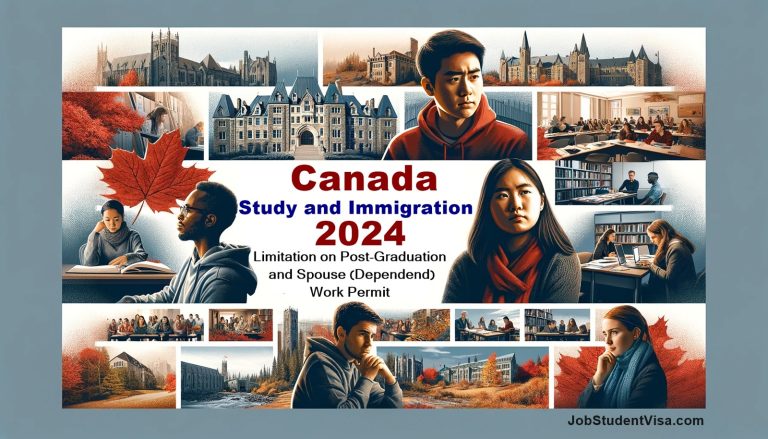Immigration to Denmark: A Detailed Guide on the Denmark Visa Process 2024
Looking to move to Denmark? Our easy-to-follow guide covers everything you need to know about the Denmark visa process. Learn about different visa types like work visas, study visas, and family visas. Get tips on how to apply, what documents you need, and how to settle in Denmark. Whether you’re moving for a job, education, or family, our guide makes the Denmark immigration process clear and simple. Find out how to enjoy life in Denmark, known for its great quality of life, strong economy, and beautiful culture. Start your Denmark journey today with our helpful guide. We try to cover the immigration process for the year of 2024.
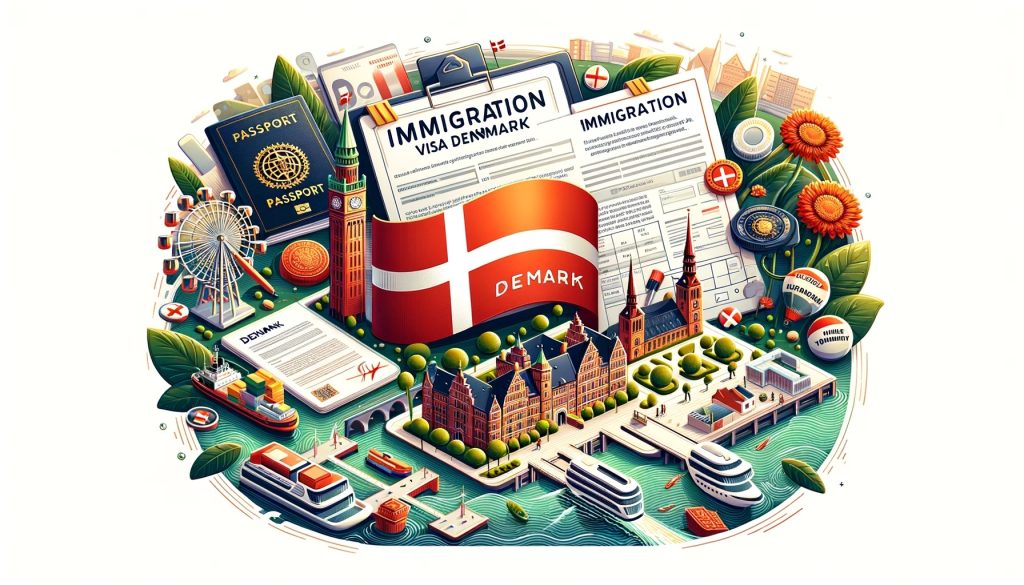
Denmark Immigration Visa Process Guidelines
1. Introduction: Embracing a New Life in Denmark
Denmark, a Nordic country known for its rich cultural heritage and progressive social systems, stands as a beacon for many seeking a better quality of life. The Danish immigration system is structured, transparent, and caters to a diverse range of immigrants, including skilled professionals, students, and family members of current residents.
The allure of Denmark is manifold. It boasts of a high standard of living, excellent public services, and a balanced work-life culture. The country’s education system and healthcare services are among the best globally, making it an attractive destination for families and individuals alike. Furthermore, Denmark’s commitment to sustainability and environmental conservation resonates with those who value green living and social responsibility.
The Danish government encourages immigration that contributes positively to the country’s economy and social fabric. As a result, the visa process is designed to be fair but thorough, ensuring that incoming immigrants are well-suited to integrate into Danish society.
2. Understanding the Types of Danish Visas
Navigating the Danish visa system begins with understanding the different types of visas available. Each visa category is designed to cater to specific needs and requirements of the applicants.
Below, you’ll find an analysis of the main types:
- Work Visas: These are for individuals who have secured employment in Denmark. The most common work visa is the Positive List scheme for people who have a job offer in a profession currently experiencing a shortage in Denmark. There’s also the Pay Limit scheme for high-earning professionals and the Fast-track scheme for employees of certified companies.
- Study Visas: Aimed at international students, these visas require an acceptance letter from a Danish educational institution. Students can work part-time for a certain number of hours and full-time during June, July, and August.
- Family Reunification Visas: This category is for individuals who want to join a spouse, registered partner, or other family members living in Denmark. The process involves proving the relationship and often meeting certain financial requirements.
- Tourist Visas: These short-term visas are for individuals who want to visit Denmark for tourism. They are typically valid for up to 90 days within a 180-day period.
- Business Visas: For business professionals who need to visit Denmark for meetings, conferences, or other business-related activities. These are also short-term visas similar to tourist visas.
- Permanent Residency Visas: After living in Denmark under a temporary visa for a certain period, individuals can apply for permanent residency. This status comes with additional rights and privileges, like the ability to stay indefinitely and access to more social benefits.
Each visa type has its set of requirements and application procedures. For example, work visas may require a job contract and proof of professional qualifications, while family reunification visas require proof of relationship and sometimes a language proficiency test.
Understanding the specific criteria and documentation required for each visa type is crucial for a successful application. The Danish government provides comprehensive guidelines and resources to help applicants navigate this process effectively.
3. Eligibility Criteria
For a successful visa application to Denmark, it is essential to meet the eligibility criteria specific to the type of visa you are applying for. However, there are common requirements applicable across most visa categories:
- Valid Passport: Your passport must be valid for at least three months beyond your stay’s duration.
- Proof of Financial Means: You must demonstrate the ability to financially sustain yourself during your stay. This could be through bank statements, a letter of employment, scholarship details, or sponsorship documents.
- No Criminal Record: A clean criminal record is generally a requirement. This might involve providing a police certificate or other proof of a clean criminal history.
- Health Insurance: Proof of health insurance coverage is required, ensuring that you are covered for any medical expenses during your stay.
- Specific Criteria for Each Visa Type: For instance, work visas may require a job contract from a Danish employer, study visas need an acceptance letter from a Danish educational institution, and family reunification visas often require evidence of relationship and cohabitation plans.
4. The Application Process
The application process for a Danish visa involves several key steps:
- Step 1: Visa Type Selection: Identify the appropriate visa category based on your purpose of travel. This step is crucial as it determines the specific requirements and documentation you will need to prepare.
- Step 2: Documentation Gathering: Collect all necessary documents. Commonly required documents include a valid passport, recent photographs, proof of financial means, travel insurance, and any visa-specific documents like employment contracts, study admission letters, or proof of relationship for family reunification visas.
- Step 3: Online Application: Most visa applications for Denmark start with filling out an online form available on the official website of the Danish Immigration Service or the Danish embassy/consulate in your country. This form requires detailed personal, professional, and travel information.
- Step 4: Biometrics Submission: After submitting your online application, you will need to schedule an appointment for biometric data collection (fingerprints and photo) at a Danish embassy, consulate, or an authorized Visa Application Center.
- Step 5: Application Fee Payment: A non-refundable visa application fee is required. The fee varies depending on the visa type and sometimes the applicant’s nationality. Payment methods and specific fees are usually detailed on the embassy or immigration service’s website.
- Step 6: Application Review and Decision: After submitting your application and biometric data, the Danish Immigration Service or the relevant embassy will review your application. This process includes verifying your documents and assessing your eligibility.
In this phase, you might be requested to furnish extra details or participate in an interview. The duration it takes to process your application depends on the visa category and your personal situation. It’s recommended to submit your application with plenty of time before your planned travel date to account for any potential delays.
After your application undergoes processing, you will receive notification of the outcome. If your application is accepted, a visa label will be affixed to your passport. In the event of a rejection, you will be provided with a rationale, and in many instances, you retain the option to challenge the decision through an appeal process.
5. Waiting Time and Decision
The time it takes to process a Danish visa application can vary significantly depending on the type of visa and individual circumstances. Here are some general guidelines:
- Work and Study Visas: These usually take about 2-3 months to process. However, certain schemes like the Fast-track work visa might be processed quicker.
- Family Reunification Visas: These can take longer, often around 6-12 months, due to the more extensive verification process.
- Tourist and Business Visas: Generally processed within 15-30 days.
Throughout this waiting period, applicants can usually monitor the status of their application by visiting the Danish Immigration Service’s website online. It is crucial to plan ahead and submit your application with ample time before your planned travel date.
6. Upon Visa Approval
Once your visa application is approved, you will be notified, and your passport will be returned with a visa sticker. This sticker details your visa type, the duration of stay, and the number of entries allowed. After receiving the visa:
- Travel Arrangements: Book your travel to Denmark. Ensure your arrival is within the visa validity period.
- Understand Visa Conditions: Familiarize yourself with the conditions of your visa, such as the length of stay, work rights (if applicable), and any restrictions.
- Preparation for Arrival: It’s advisable to arrange accommodation, understand healthcare services, and, if necessary, look into Danish language courses.
7. Arriving in Denmark
Upon your arrival in Denmark, there are several important steps to take:
- Register with Local Authorities: If your stay in Denmark is longer than three months, you must register with the Civil Registration System (CPR) and obtain a CPR number. This registration is essential for accessing healthcare, opening a bank account, and other public services.
- Obtain a Residence Permit Card: For non-EU citizens staying longer than three months, a residence card is required. This card is proof of your legal residency and right to stay in Denmark.
- Familiarize with Local Laws and Customs: Understanding local laws, customs, and cultural norms is vital for a smooth transition. This includes knowledge about public conduct, traffic laws, and general public etiquette.
- Healthcare and Insurance: Ensure that your health insurance is valid in Denmark. EU citizens can use the European Health Insurance Card (EHIC), while non-EU citizens will need private health insurance until they are covered by the Danish National Health Service.
- Integration: Engaging with local communities, participating in language and cultural orientation courses, and connecting with expatriate groups can significantly help in adapting to life in Denmark.
Remember, the initial months in Denmark can be a period of adjustment, involving setting up your new home, understanding the public transport system, and possibly adapting to a new language and culture. Patience and openness to new experiences are key during this phase.
8. Seeking Permanent Residency
After living in Denmark under a temporary visa for a certain period, you may wish to apply for permanent residency. This allows you to reside indefinitely in Denmark and enjoy more rights and benefits. The criteria for obtaining permanent residency typically include:
- Duration of Stay: A minimum period of continuous residence in Denmark, usually around 8 years for most applicants, but this can be shorter in certain circumstances.
- Language Proficiency: Demonstrating a certain level of proficiency in the Danish language, usually by passing an approved Danish language test.
- Employment: A history of full-time employment or self-employment during your stay in Denmark.
- No Criminal Record: A clean criminal history is a fundamental requirement.
- Financial Independence: You must not have received certain types of public benefits within the last three years before applying.
- Knowledge of Danish Society and Culture: Passing a test on Danish society, culture, and history.
It is crucial to stay updated with the current requirements as immigration policies can change. Applications for permanent residency are submitted to the Danish Immigration Service.
9. Conclusion
Navigating the Danish immigration visa process requires careful planning and attention to detail. Each step, from selecting the right visa category to establishing yourself in Denmark, is crucial for a successful transition. It is important to adhere strictly to the guidelines provided by the Danish Immigration Service and to stay informed about any changes in immigration policies.
Embracing life in Denmark can be a rewarding experience, with its high quality of life, strong social welfare systems, and vibrant cultural landscape. By understanding and respecting the legal and cultural frameworks of Denmark, immigrants can successfully integrate and contribute to the diverse fabric of Danish society.
10. Additional Resources
For further details and the most up-to-date information:
- The Danish Immigration Service: This is the primary source for all immigration-related information. Their website provides comprehensive details on different visa types, application procedures, and current regulations.
- The Danish Embassy or Consulate in Your Country: They can provide localized assistance and guidance on the visa application process.
- Legal Immigration Experts: Consulting with immigration lawyers or agencies specializing in Danish immigration law can be beneficial, especially for complex cases like family reunification or permanent residency applications.
- Expatriate Forums and Communities: These can offer practical advice and support from those who have already gone through the process of moving to Denmark.
Always ensure that the information you refer to is current and from a reliable source, as immigration policies and procedures can change.
The journey to immigrate to Denmark is a path filled with various procedural steps, from understanding the specific visa requirements to integrating into Danish society. While this guide offers a comprehensive overview, it’s essential to remember that immigration laws and processes are subject to change. Regulations can be updated, and requirements may vary based on individual circumstances and policy shifts.
Hence, it’s advisable for potential immigrants to not only rely on this guide but also to seek the most current information from official sources such as the Danish Immigration Service and Danish embassies or consulates. Additionally, consulting with legal experts in Danish immigration law can provide personalized guidance tailored to individual cases.
Disclaimer
This guide serves as an informational resource and should not be interpreted as legal counsel. The information provided is based on the understanding of Danish immigration procedures as of its writing and may not reflect the most current legal developments. Immigration laws and regulations change frequently, and their application can vary widely based on the specific facts and circumstances. Therefore, for legal advice and the most up-to-date information, it is recommended to consult with a qualified legal professional or the official Danish immigration authorities.
